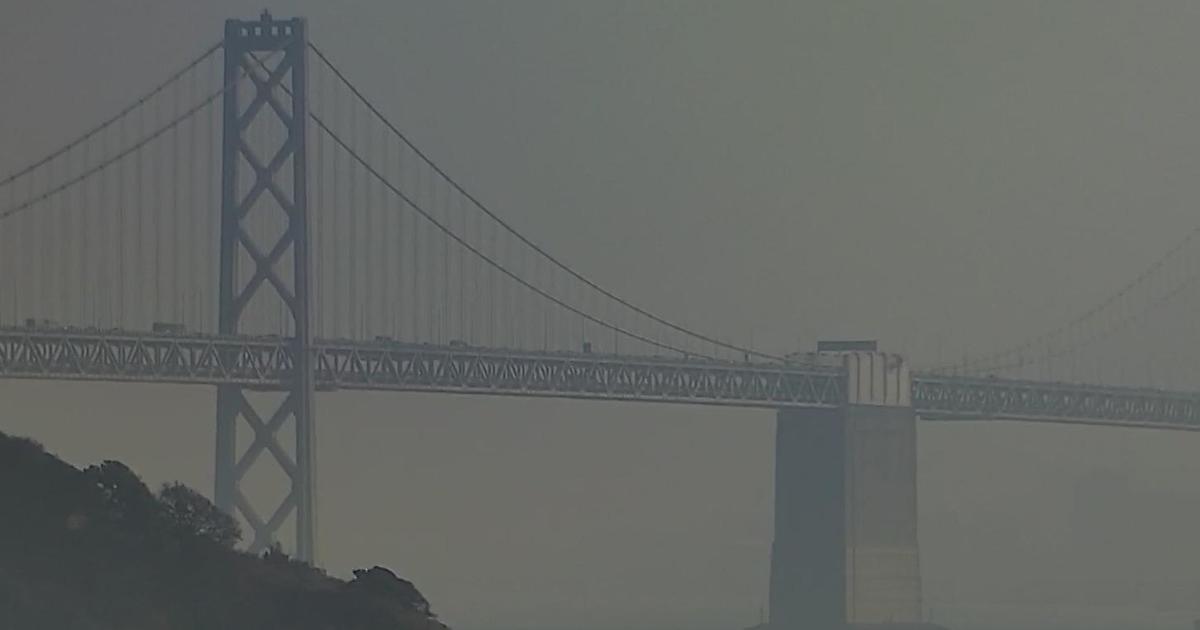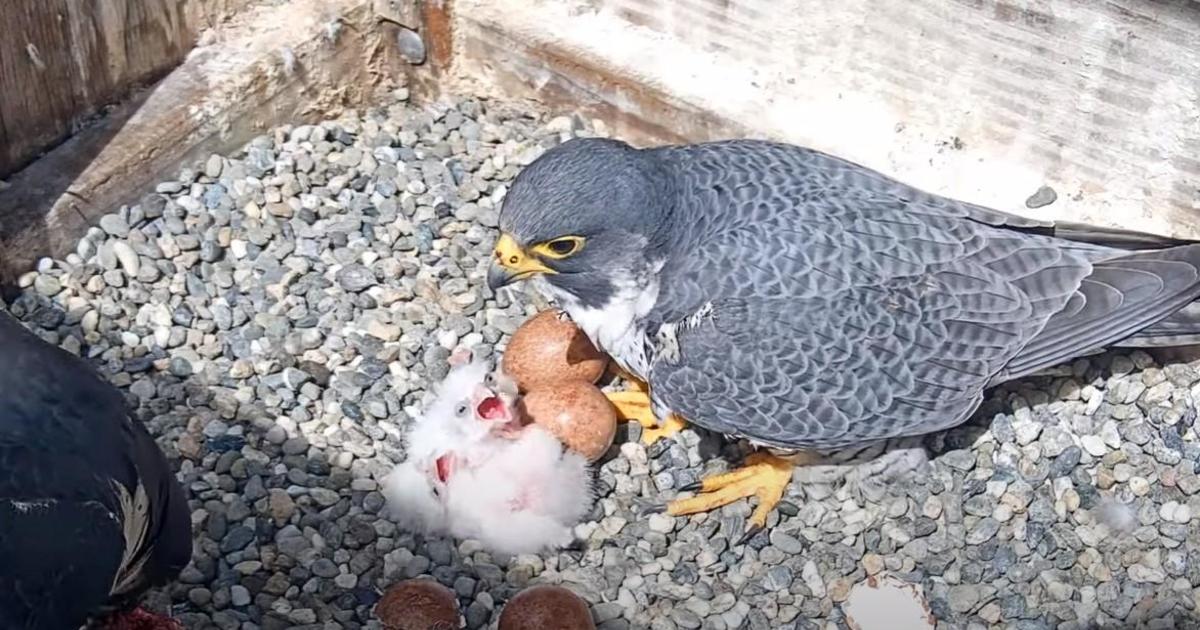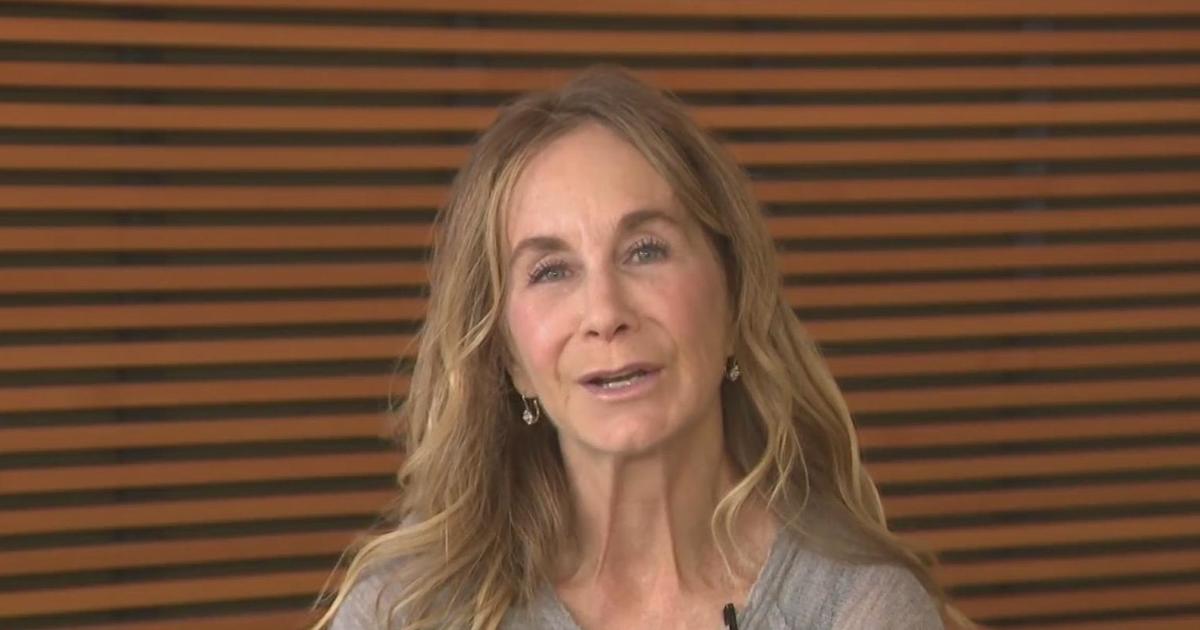Researchers: Drought Threat Lingers Over Northern California; 'Hope For Rain'
DAVIS (CBS SF) -- What kind of winter is California having? This year, trying to answer that presents another question, and that is how would one like to do the measuring? That is exactly the kind of thing they work on at U.C. Davis.
"It sounds like such a simple problem," laughs Professor Andrew Rypel. "But the solution is not simple."
As Director of the Center for Watershed Studies, Rypel spends a lot of time tracking the numbers that add up to a good or bad Winter, as far as precipitation is concerned. Those numbers basically come in three categories.
"We look at the rain, we look at the snow, and then we look at the reservoirs to see what's the rivers are going to do in response," Rypel explained.
As for the story at elevation, the most recent snow survey found the Sierra snowpack at 97% of average. Those surveys, however, are localized, and not necessarily the entire story.
"Even with an eight-station index in the Sierras, that does not do a very good job of predicting whether we have a wet year or a dry year," Rypel said of the snow surveys.
There is, of course, also rain. That's where the 8-station index from Northern California creeks and rivers comes in.
"It's just a different shot," Rypel says of the chart. "So just like snow can be local, rain to be local as well. So it's the same deal, what's going on locally and what's going on regionally."
While the snowpack is just below average, rainfall numbers are well below average. The last factor in the equation is reservoir levels.
"Yeah so the reservoirs are, by and large, almost completely full," Rypel explained. "So if you were to have just one or two big storms, that would spill the reservoirs, Oroville and Shasta, and that would be a very different looking sprain and if they were to not spill."
Reservoirs are like the bank, partly reflecting the wealth from past years, but if the season stays dry, those levels will dip. Another dry year and they'll dip some more. Droughts happen in slow motion, over several years.
What California has now is a winter that is trending dry by most counts, but could still go either way.
"It's the type of situation where you just have to keep your eye on the ball," Rypel says. "Be tracking conditions all the time, and hope for rain."



